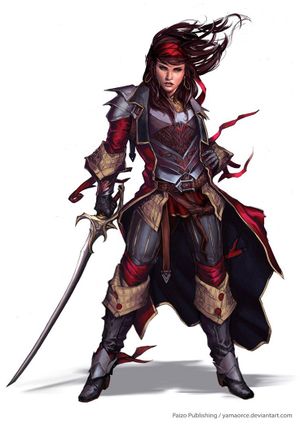Legwork Mini-Guide for GMs
Revision as of 01:14, 9 January 2018 by MediaWiki default (talk | contribs) (Replaced content with "{{LegworkGMs}} ")
Have you ever had one of the following situations?
Perhaps you'd like to:
...and so on. The above are examples of what you might want to use a legwork for. They are not the limit! |
How do I Set One Up?
Any player GM may request a Legwork queue, and have as many or as few players added to it as they wish. There are two ways to do this:
- Option A: If your legwork immediately follows an event, type:+event/leg <#>=Hi! I've opened a legwork on this scene. Use +myjob/add <#> to reply to it. This will auto-add all /confirmed players from that scene.
- Option B: If your legwork does not immediately follow an event, just +request/legwork <title>=This is for legwork relating to <thing>. You can use +myjob/source <#>=<name> <name> <name> to add players.
What Can I do with Them?
You can...
- Ask for +rolls for investigative work
- Ask players how they intend to accomplish a goal (RPP spends play a big role, here, so do not hesitate to ask who they have official ties to!)
- Offer details on investigation, and any updated rumors
- Even provide a miniature plot summary
- ...and anything else you can think of
Legworks are a tool for every GM and player. Also, players may request or open them as well. Though this mini-guide isn't focused on that, you are free to request other PCs be added to your own legwork queues, as well.
